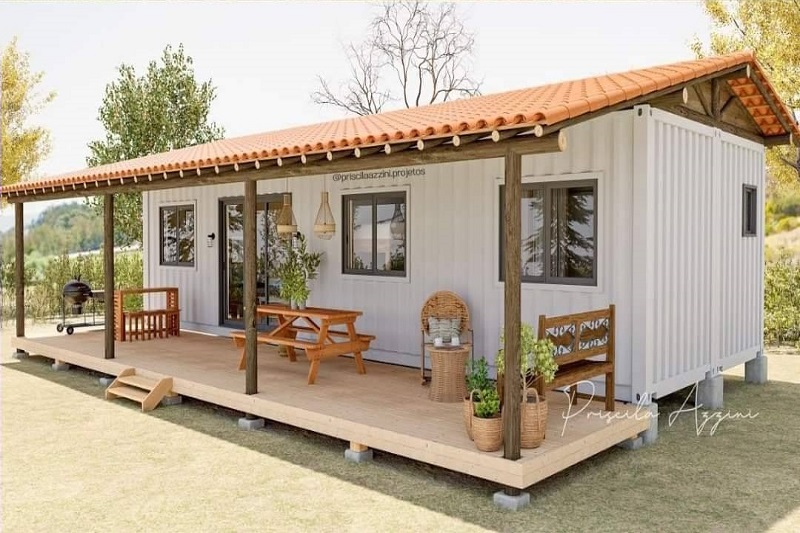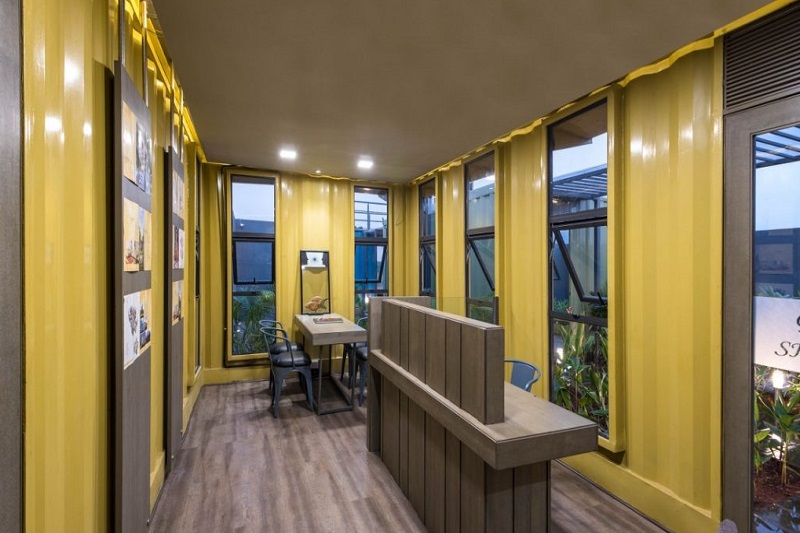
Are you exploring alternate housing options that are not only cost-effective but also customisable and speedy to build? Have you ever considered purchasing a prefabricated homes, an option that is rapidly gaining traction in the Australian housing market? What exactly is a “prefab home,” and how does it cater to modern living needs? This blog post aims to unpack the exciting world of prefab homes, breaking down their benefits, features, and why they are becoming increasingly popular in Australia.
As our housing choices evolve in response to shifts in lifestyle, environmental concerns, and financial constraints, prefab homes offer an innovative, energy-efficient, and affordable housing solution without compromising aesthetics and comfort. So, let’s journey together through the remarkable landscape of Australian prefab architecture and explore why this innovative build style might be just the ticket for your next home purchase.
Today, we uncover the appeal behind prefabricated homes, a game-changer in the Australian housing industry. We’ll delve deep into their benefits and key features, consider their pros and cons, and share insights on the best prefab builders in Australia. Buckle up, as we demystify prefab homes and help you make an informed decision on your next home.
Prefabricated homes, often known as prefab homes, offer a range of benefits and features that make them an attractive option for many prospective homeowners. One of the most significant advantages is their cost-effectiveness. Because prefab homes are manufactured in a controlled environment, they often have lower construction costs compared to traditional homes. This can make homeownership more accessible for those with budget constraints.
Another key benefit is the speed of construction. Prefabricated homes are built in sections or modules in a factory setting and then transported to the site for assembly. This streamlined process can dramatically reduce the time required to complete the home, often allowing families to move in within a matter of months rather than years.
Energy efficiency is another notable feature of prefab homes. Modern prefab designs often include advanced insulation and energy-efficient windows, which help reduce utility bills and minimize environmental impact. Many prefab homes are built with sustainable materials and incorporate green technologies, making them a more eco-friendly choice.
Customization is also a significant advantage of prefab homes. Despite their modular nature, prefab homes offer a wide range of design options. Buyers can choose from various floor plans, finishes, and layouts to suit their personal preferences. This flexibility allows homeowners to create a space that reflects their individual style without compromising on quality.
Durability and quality control are enhanced in prefab homes due to the controlled factory environment in which they are built. Components are constructed under strict standards and inspected thoroughly before being transported to the site. This rigorous quality control can lead to fewer construction defects and a longer-lasting home.
Prefab homes also offer a high level of adaptability. They can be designed to fit a variety of land sizes and can be expanded or modified more easily than traditional homes. This adaptability makes prefab homes suitable for a wide range of locations and personal needs.
Finally, prefab homes can provide a faster path to homeownership for those in need of quick relocation. The reduced construction time means that individuals and families can move into their new homes more quickly, which is especially beneficial for those facing time-sensitive circumstances.
In summary, prefabricated homes combine affordability, speed, energy efficiency, customization, and durability. These features make them a compelling choice for many looking to invest in a new home, offering both practicality and modern living benefits.
What are Prefabricated Homes?
Prefab homes are pre-built houses manufactured off-site in advance, typically in standard sections that can be easily transported and assembled. The idea— it’s fast, it’s simple, and it’s designed to meet your unique housing needs.
They come in various forms, from fully-fledged ready-to-live homes to modular or kit components. Typically, they take less time to construct compared to conventional homes, and they offer an amazing array of modern designs and functionalities.
Such homes are the forefront of design innovation, showing us how we can live more sustainably, affordably, and conveniently in our rapidly changing world.
The Rising Popularity of Prefab Homes in Australia
Prefab homes are enjoying a renaissance in Australia for a reason. This surge is due, in part, to advances in technology, changes in demographics, the shift towards green living, and a focus on affordable housing options.
These homes offer a range of customisation options without the traditional hassles of on-site construction. As a result, they’re gaining popularity amongst first-time home buyers, urban dwellers, and those looking to downsize or live a more minimalist lifestyle.
The Key Features of Prefab Homes
Prefab homes are not a one-size-fits-all solution. Instead, their beauty lies in their diversity and flexibility; they can be adapted to almost any site, design theme, or budget requirement.
From the design and layout to the fixtures and finishes, every detail can be customised. Though construction occurs off-site, the homeowner is still involved in every step to ensure the home accurately reflects their style and meets their needs.

The Green Advantage of Prefabricated Homes
Prefab homes are ideally suited to homeowners who are conscious of their environmental footprint. These homes often incorporate green building materials, energy-efficient designs, and waste reduction technologies.
These energy-saving features can significantly reduce your energy bills while supporting a sustainable lifestyle. Indeed, prefabricated homes are an eco-friendly housing solution for those wanting to reduce their carbon footprint.
The Cost Factor of Prefabricated Homes
The question of cost is a major one when considering any housing choice, and it’s no different for prefabricated homes. It is generally considered that prefab homes can save homeowners on construction costs due to the economies of scale associated with manufacturing multiple units of the same design.
However, costs can vary depending on the degree of customization, site-specific factors, and materials used. As with any home purchase, it’s essential to do your homework to ensure you are getting the best value for your money.
Pros and Cons of Prefabricated Homes
Like any housing option, prefabricated homes have their advantages and disadvantages. The primary advantage is speed of construction— prefabricated homes can be ready to inhabit within weeks. They’re also highly customizable and eco-friendly. On the flip side, their pre-designed nature can make significant changes challenging, and the transportation of the modules can add to the overall costs.
Conclusion: Is a prefabricated Home Right for Me?
In summary, the prefab housing model is a genuine alternative to traditional housebuilding, offering a flexible, cost-effective, and environmentally friendly home solution.
Despite the limitations, the benefits of prefabricated homes extend beyond cost and time savings to embrace modern, energy-efficient designs, making them an attractive option for contemporary living.
Whether you’re a first-home buyer, a retiree looking to downsize, or someone who values eco-friendly living, prefabricated homes warrant serious consideration. They present a fast, flexible, and green way to build, worthy of consideration in any modern homeowner’s playbook. Now, armed with this knowledge, you are ready to take your next step towards choosing your ideal home.





